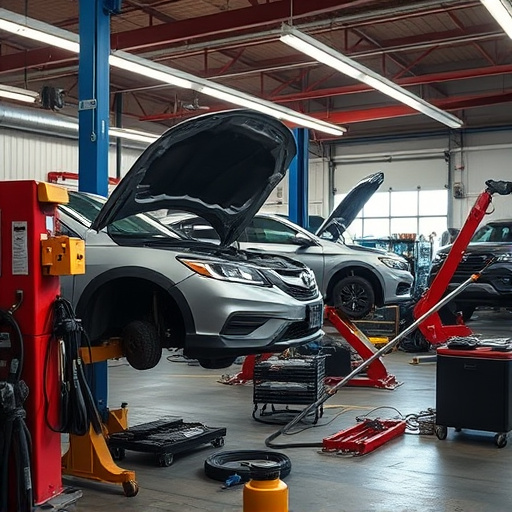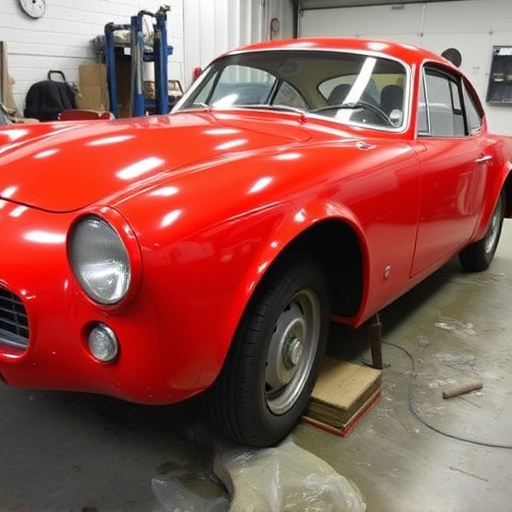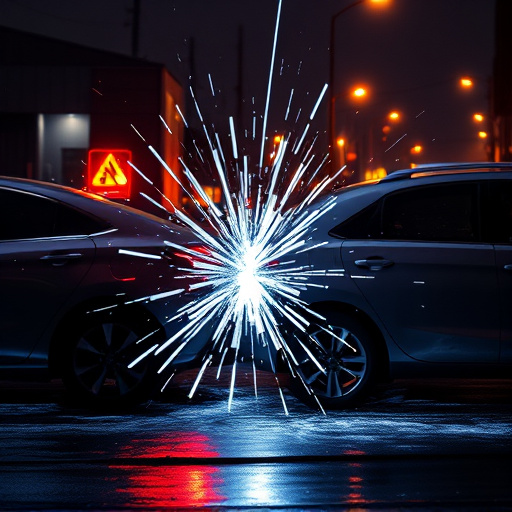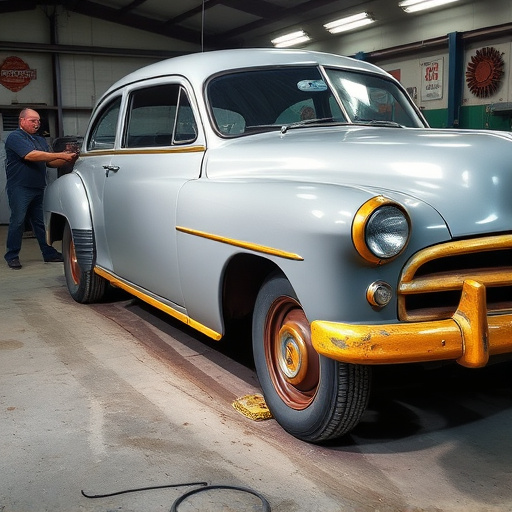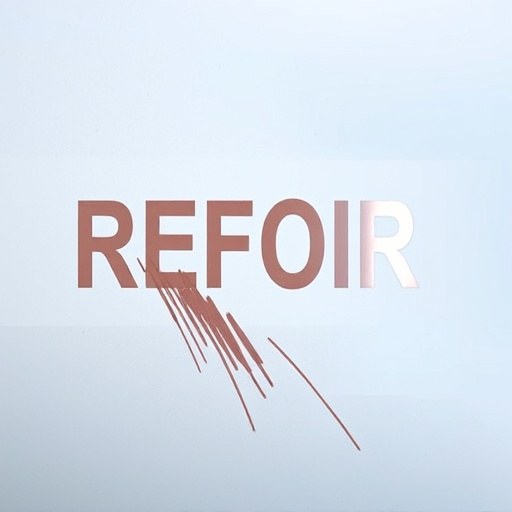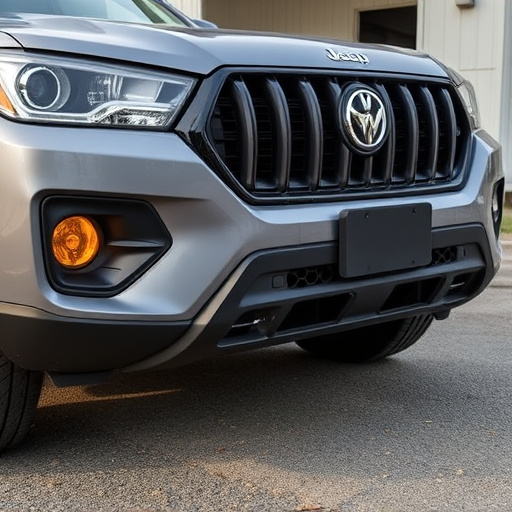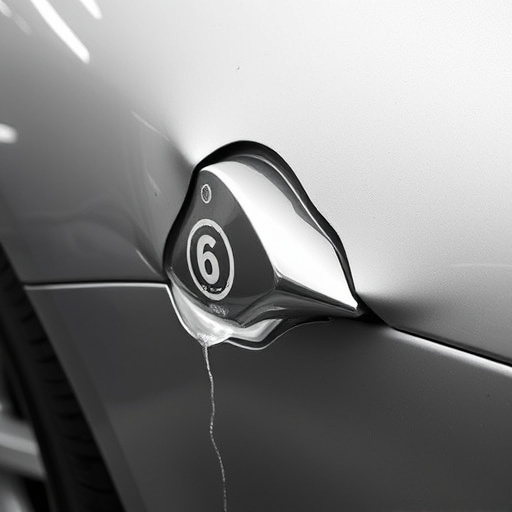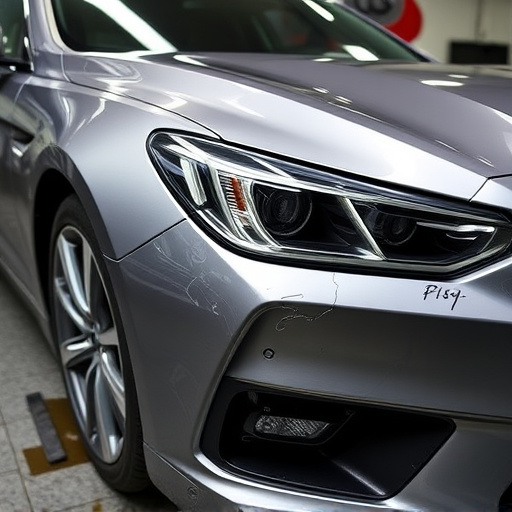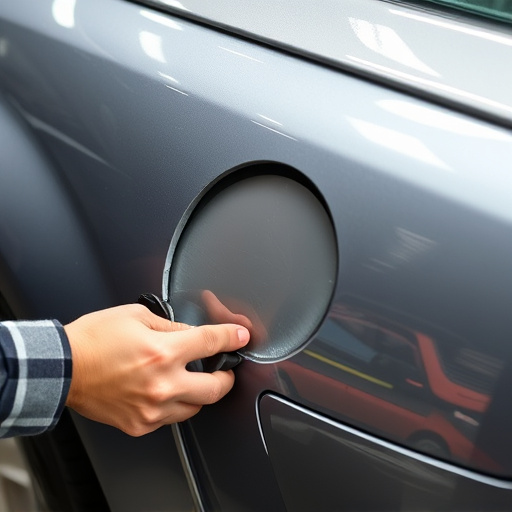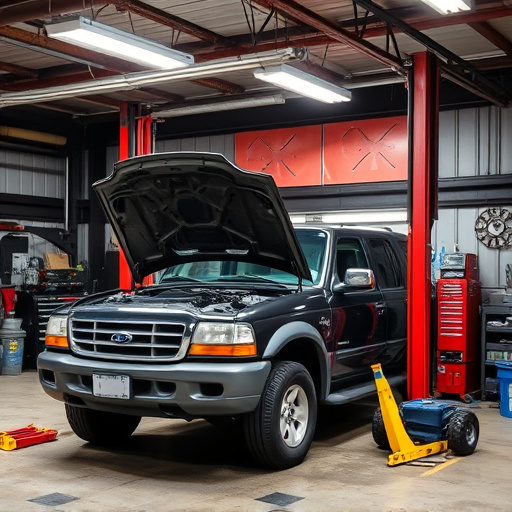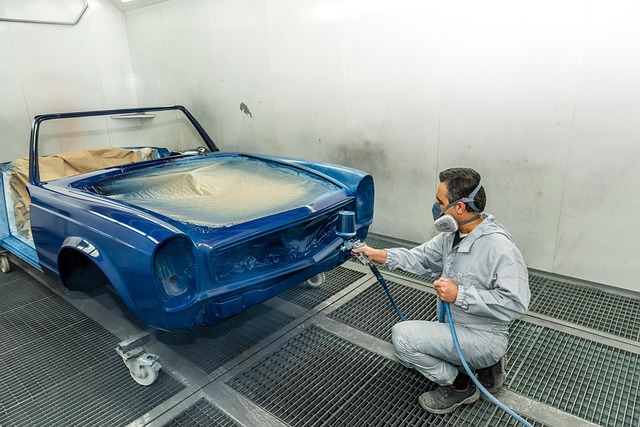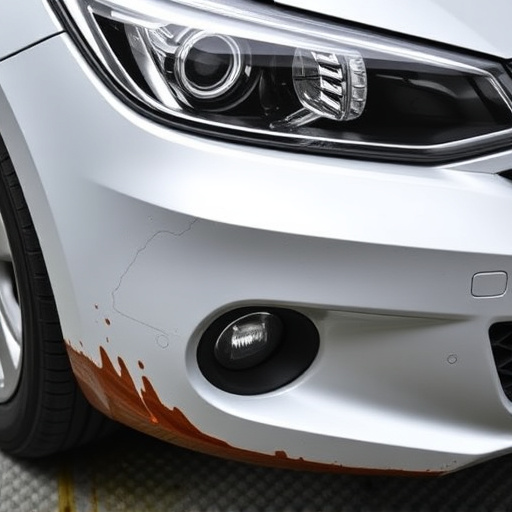After winter, inspect vehicles for rust damage in moist areas. Repair minor issues with spot repairs, paint touch-ups; severe cases may require metal restoration or replacement panels. Use proper tools, protective gear when removing rust. Clean surfaces with degreaser, apply undercoat and wax to prevent corrosion. Regular washing, drying, weatherproof covers also help avoid rust repair after winter damage.
Winter road conditions can leave significant rust damage on vehicles. This guide provides best practices for effective rust repair, focusing on assessment, removal, and prevention. First, inspect your vehicle for winter’s impact by identifying rust spots. Next, learn safe and effective techniques to remove rust without harming the underlying metal. Finally, discover preventive measures like undercoating and regular washing to protect against future rust damage.
- Assess Winter's Impact: Inspecting Rust Damage
- Safe and Effective Removal Techniques
- Preventive Measures for Future Protection
Assess Winter's Impact: Inspecting Rust Damage
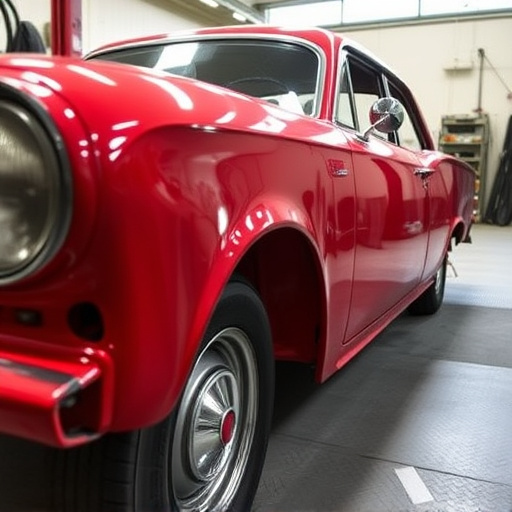
After a long winter filled with icy roads and frequent snowstorms, it’s common for vehicles to emerge with signs of rust damage. The harsh conditions can accelerate corrosion, especially in areas where moisture builds up—like wheel wells, door jams, and lower body panels. To begin the rust repair process effectively, start by thoroughly inspecting your vehicle for any visible signs of rust. Look for spots that are visually darker or have a rough texture compared to the surrounding metal. Peeling paint, flaking rust, and areas where the metal appears weakened or brittle are all indications of potential problems.
Pay special attention to areas prone to moisture accumulation; these spots often reveal the earliest signs of corrosion. If left unaddressed, even minor rust damage can lead to more significant structural issues down the line, impacting both vehicle performance and safety. Therefore, early detection is key when it comes to effective rust repair after winter damage. Once identified, affected areas may require various techniques, from minor spot repairs and touch-ups using vehicle paint repair kits for smaller scratches and chips, to more extensive metal restoration or even replacement panels for severe cases.
Safe and Effective Removal Techniques
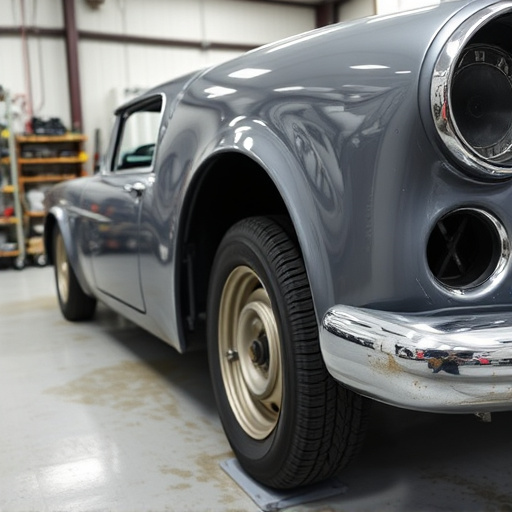
When addressing rust repair after winter road conditions, employing safe and effective removal techniques is paramount. Start by thoroughly inspecting the affected areas to identify the extent of the damage. Use specialized tools like wire brushes, sandpaper, and chemical strippers designed for rust elimination. These tools help remove loose rust and corrosion while minimizing further damage to the underlying metal.
Remember that safety comes first during the removal process. Always wear protective gear, including gloves, goggles, and a respirator, as rust particles can be harmful. Additionally, work in a well-ventilated area or outdoors to avoid inhaling toxic fumes. After removing loose rust, clean the surface with a degreaser to ensure no residual contaminants remain. This prepares the metal for proper auto body repairs and prevents future rust buildup, ensuring your vehicle’s structural integrity and enhancing its overall performance and aesthetics through comprehensive auto maintenance practices.
Preventive Measures for Future Protection
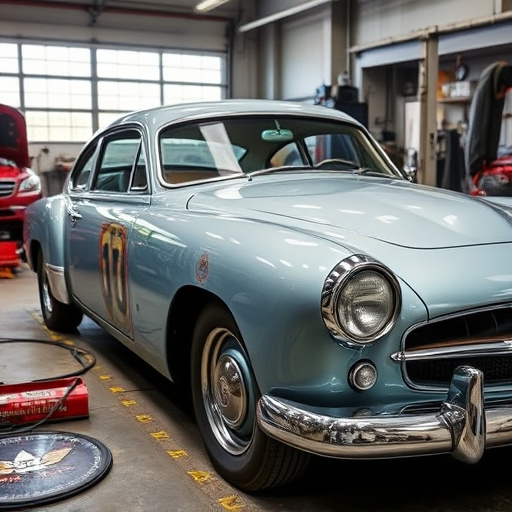
After navigating through the harsh winter road conditions, it’s crucial to take preventive measures to safeguard your vehicle against future rust repair after winter damage. One of the most effective strategies is regular washing and drying, especially in salt-prone areas. The moment you bring your car out of storage or after a snowstorm, don’t skip this step. Salt residue left on the car can accelerate corrosion, so a thorough cleaning with dedicated car care products will create a protective barrier against rust.
Additionally, applying undercoat and regular waxing not only enhances the aesthetics of your vehicle but also provides an extra layer of defense. These preventive measures, coupled with using weatherproof covers during extended periods of inactivity, will significantly reduce the likelihood of future auto body restoration needs. Remember to choose products designed for rust prevention and consult a professional at your local car body shop for advice tailored to your specific vehicle’s needs.
After a long, harsh winter, it’s crucial to assess your vehicle’s condition and take proactive steps towards rust repair. By implementing safe removal techniques and preventive measures, you can protect against future winter damage. Remember, timely action is key to maintaining a rust-free vehicle, ensuring a smoother ride and peace of mind on the road ahead.
